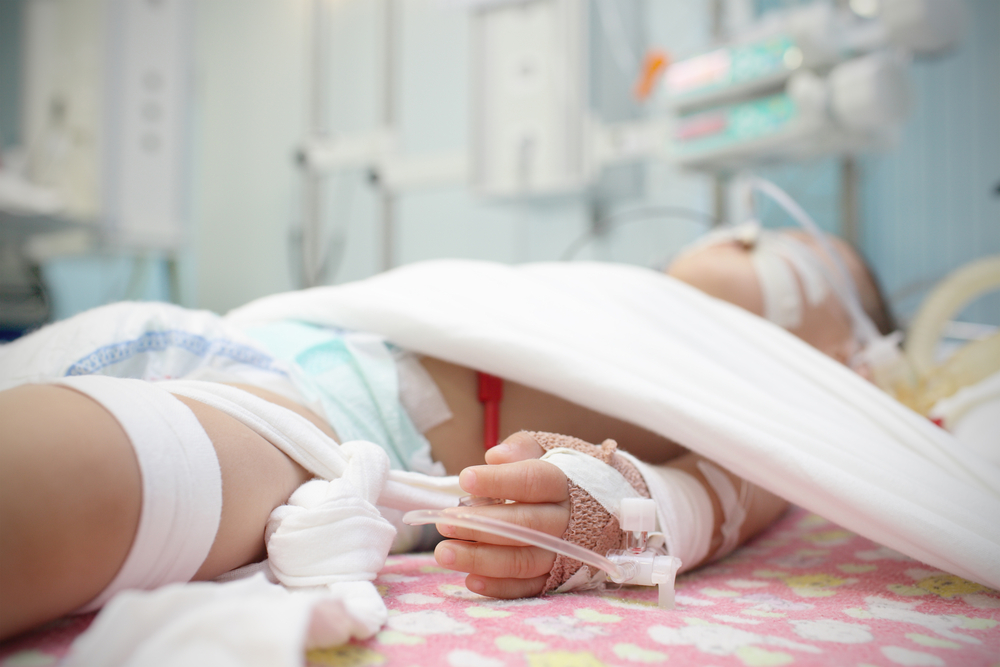Mechanical ventilation of critically ill children: PEMVECC Recommendations

EJRC Article Review
Patients in paediatrics intensive care units are heterogeneous, resulting in a high variability of practice. As noted in this paper: “Each paediatric critical care practitioner is a maven and savant and knows the only correct way to ventilate a child” (by Christopher Newth). The aim of the Paediatric Mechanical Ventilation Consensus Conference (PEMVECC) [1] was to define a standard-of-care for mechanical ventilation management of children and to prepare futures studies.
Here is a brief glance at few of the 152 recommendations made by European Society of Paediatric and Neonatal Intensive Care (ESPNIC) Experts:
- Non-invasive ventilation (NIV): Data to recommend the use of High Flow nasal cannula (HFNC) and Continuous Positive pressure (CPAP) are insufficient, although they may reduce work of breathing. NIV can be considered before intubation but should not delay intubation. Therefore, success of NIV should be assessed early (1h after initiation).
- Ventilators modes: No recommendation had been made on any modes. Spontaneous breathing may be preferred for all children in the exception of the most severe patients. High frequency oscillatory ventilation (HFOV) should be considered for acute respiratory distress syndrome (ARDS) if conventional ventilation fails and the experts recommend considering extra corporal devices (ECMO and other) in reversible diseases in case of failure of conventional ventilation and/or HFOV.
- Settings ventilator: The experts recommend adhering to the Paediatric Acute Lung Injury Consensus Conference (PALICC) [2]. They recommend also avoiding tidal volume > 10ml/kg ideal body weight but they cannot define an optimal volume in children. PEEP is required for all patients and in children without lung disease the authors suggest a level of PEEP of 3-5 cmH2O.
- Monitoring: The authors cannot recommend threshold for SpO2, however SpO2> 95% at room air should be expected. For patients with ARDS, the experts proposed to follow the PALICC recommendations [2] (SpO2 92-97% when PEEP<10 cmH20 and 88-92% if PEEP>10 cmH20) and to allow permissive hypercapnia (pH>7.20). Normal pH and pCO2 should be targeted for children with normal lung or with traumatic brain injury or pulmonary hypertension.
- Weaning: No data are available to support the superiority of any approach of weaning and to recommend the routine use of NIV in post-extubation.
- Supportive measures: The authors indicated that endotracheal low-pressure cuffed tubes can be used in all children whatever their age.
In conclusion, ESPNIC experts underline the current lack of high level scientific evidence; so therefore, these recommendations reflect a consensus based not only on current available studies in children, but also rely on personal experiences and data from adults. PEMVECC is probably the first and necessary step before implementing future rational paediatric clinical trials, which will play a pivotal role in increasing the level of evidence and provide stronger recommendations regarding paediatric mechanical ventilation in the future.
This article review was prepared by Florent BAUDIN and Paul ABRAHAM, Paediatric intensive care unit, Hôpital Femme Mère Enfant, Hospices Civils de Lyon, Bron, France on behalf of the EJRC.
References
- Kneyber MCJ, Luca D, Calderini E, et al (2017) Recommendations for mechanical ventilation of critically ill children from the Paediatric Mechanical Ventilation Consensus Conference (PEMVECC). Intensive Care Med 2017;11:1–17. doi: 10.1007/s00134-017-4920-z
- Paediatric Acute Lung Injury Consensus Conference Group (2015) Paediatric acute respiratory distress syndrome: consensus recommendations from the Paediatric Acute Lung Injury Consensus Conference. Pediatr Crit Care Med 2015;16:428–439. doi: 10.1097/PCC.0000000000000350
These recommendations were presented for the first time during the President’s Session at LIVES 2017 in Vienna.
> Watch an icTV interview with presenter Martin Kneyber here.